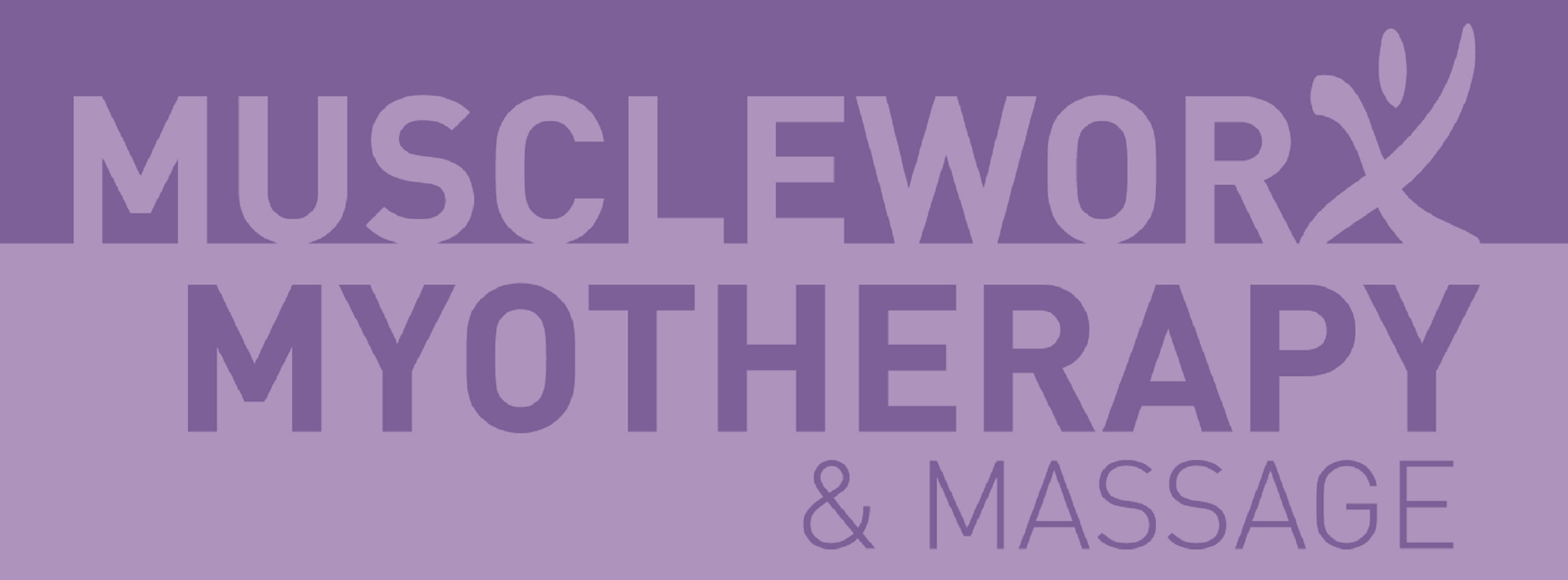Myotherapy For Cycling Injuries
Cycling is an excellent form of exercise, but it can also lead to a variety of injuries, especially when proper technique or equipment isn’t used. Here are some common cycling injuries and how Myotherapy can help manage and prevent them.
1. Knee Pain
Knee pain is one of the most frequent complaints among cyclists, often caused by overuse, improper bike fit, or pedaling technique. The repetitive motion of cycling can lead to conditions like patellar tendinitis or iliotibial (IT) band syndrome. Myotherapy can help by releasing tension in the muscles around the knee, improving flexibility, and addressing any imbalances that may contribute to the pain. Techniques such as deep tissue massage, trigger point therapy, and stretching can reduce inflammation and promote healing.
2. Lower Back Pain
Cycling can place a strain on the lower back, particularly if your bike setup causes you to hunch over or if you have weak core muscles. Myotherapy can address lower back pain by treating tight muscles in the back, hips, and hamstrings. Additionally, Myotherapists can work on improving posture and core stability through targeted exercises, reducing the likelihood of chronic back pain.
3. Neck and Shoulder Pain
Neck and shoulder pain can result from holding a static position on the bike for extended periods. Tension in the trapezius, levator scapulae, and other muscles can lead to discomfort and stiffness. Myotherapy can relieve this pain by relaxing these overworked muscles, improving mobility, and advising on ergonomic adjustments to your riding position.
4. Wrist and Hand Pain
Numbness or pain in the wrists and hands, often referred to as cyclist’s palsy, can occur due to prolonged pressure on the handlebars. Myotherapy can help by addressing any muscle tightness or nerve compression in the forearms, wrists, and hands. Therapists can also recommend adjustments to hand positioning and handlebar grips to reduce pressure and prevent further issues.
5. Hip Pain
Hip pain, including conditions like bursitis or piriformis syndrome, can arise from the repetitive motion of pedaling or improper saddle height. Myotherapy can alleviate hip pain by loosening tight hip flexors, glutes, and other surrounding muscles, improving overall hip mobility and function.
Conclusion
Myotherapy offers a comprehensive approach to managing and preventing common cycling injuries. By addressing muscle imbalances, improving flexibility, and promoting recovery, Myotherapy can help cyclists stay pain-free and perform at their best. Whether you’re dealing with an existing injury or looking to prevent one, incorporating myotherapy into your routine can be a valuable tool for maintaining cycling health.
